French designer had an impressive career of 32 years in Ford. That time was marked by best-selling cars, a new design language, and the introduction of technological innovations
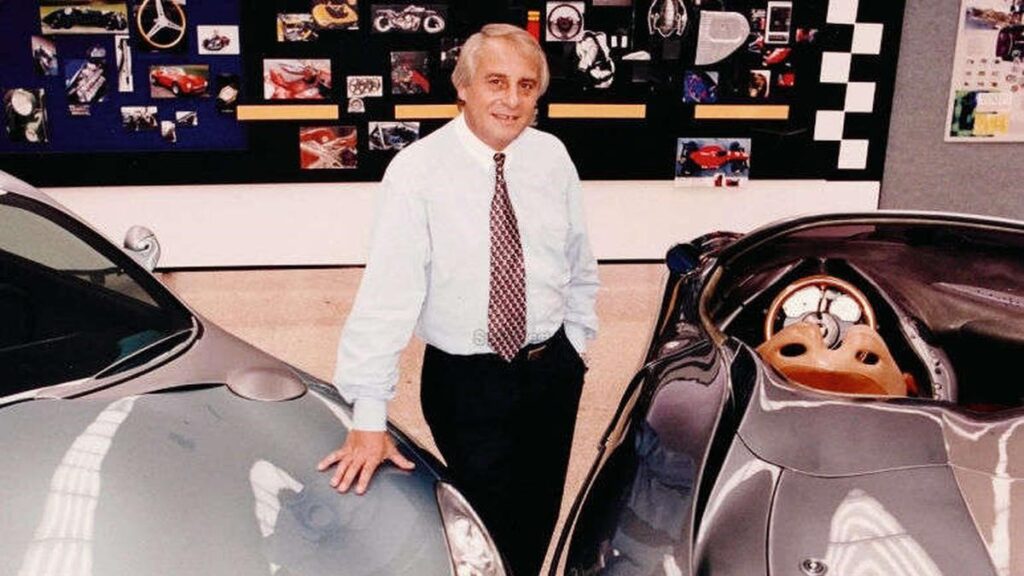
- Claude Lobo worked at Ford for 32 years and took many different positions
- He coordinated the use of computer-aided design (CAD) in the automaker
- In the 1990s, he created several car models that would become top sellers
While doing research to write this article, I came across an intriguing description of Claude Lobo. In an informal translation from Spanish, it would be “Lobo (…) does not respond to the designer archetype.”
The text referred to his personality and dress code, which were not extravagant. But what intrigued me is that I could have described Lobo the same way because of another fact: he worked at Ford for 32 years.
Job hopping has always been common among car designers. They may change because of disagreements in the old company, to start an independent studio, or simply to find more opportunities to be creative.
But Claude Lobo was an exception. By working so long for the same company, he did more than drawing cars. He reshaped Ford’s design as a whole and, when the time came, prepared it for the modern era.
Claude Lobo: from Paris to the world
Claude Lobo was born on this day in 1943 in Paris. He studied at the city’s Diderot Technical College and, later, the Academy of Applied Arts. His first job was at an electrical appliance company for a short time.
His first job in the auto industry came at Chrysler-Simca in 1964, but he stayed there for only two years. In 1966, Ford of Germany hired Lobo as their new designer, which led him to move to the city of Cologne.
At that time, the company was in the process of merging that operation with the British and Irish ones to form Ford of Europe. Once that was finished, in 1967, Claude Lobo became Manager of Exterior Design.
That position gave him participation in many of Ford’s projects. He worked on its small, midsize and large cars as well as some trucks. Lobo also had an important participation in shaping the first Capri for 1967.
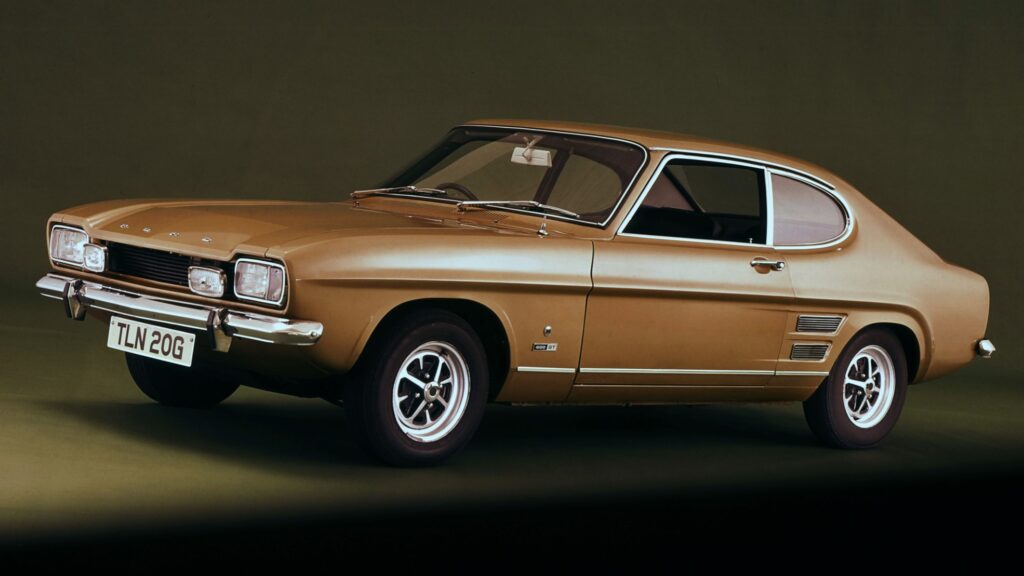
Introduction of CAD plus US work
Claude Lobo would move on to small and special cars in 1973, to truck interiors in 1978, and to small and midsize cars in 1983. His next milestone was becoming Head of Design, Project and Research in 1987.
That last position was particularly interesting because he led Ford’s use of computer-aided design (CAD). Automakers were embracing that all around the world at a time when computers were finally taking off.
CAD is helpful to create a car because designers can do parts of the process using computer simulations. They can eliminate many problems before moving to physical prototypes, which saves time and money.
That work made Claude Lobo director of Ford’s Advanced Design Studio in the US in 1994. He became in charge of the company’s projects for that region as well, which brought many new interesting projects.
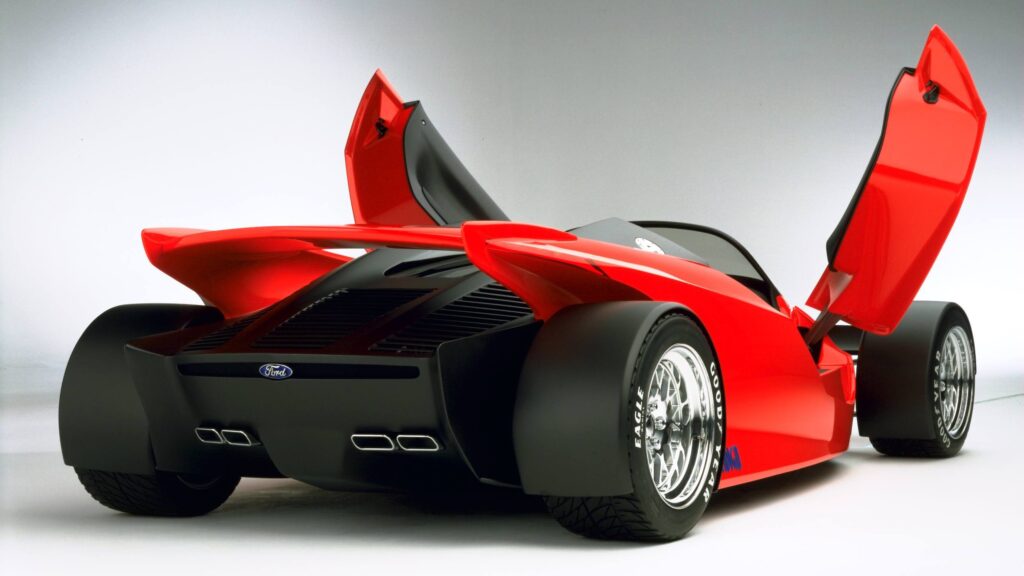
Claude Lobo and New Edge design
After coordinating the adoption of CAD and of CNC milling, the designer world return to Europe in 1997 as Director of Design. At that time, the automaker was globally embracing the New Edge design trend.
That trend was created by designer Jack Telnack and put to practice for the first time in 1995 through the GT90 concept. It combines smooth and aerodynamic surfaces with sharp and strong creases and arches.
Claude Lobo’s first participation was the 1996 Indigo concept. While the GT90 suggested an all-new take on the Le Mans winner GT40, the Indigo brought a street-legal interpretation of typical IndyCar vehicles.
Then again, Lobo is not best known for that car for a reason. Actually, for two reasons. One of them is the Ka, released in 1996, and the other one is the Focus, which arrived in 1998. Let’s give them a closer look.
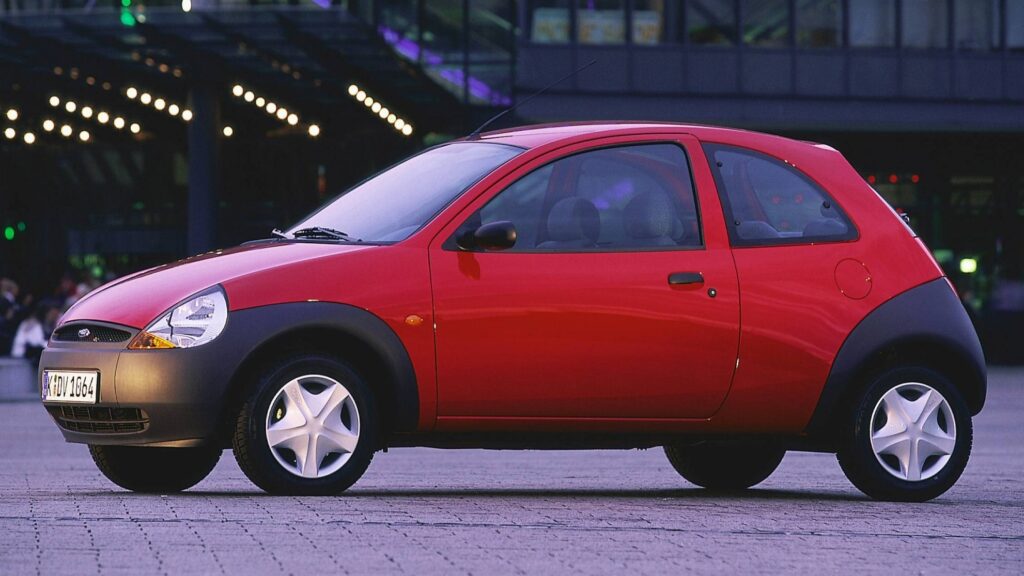
1996 Ford Ka
Subcompacts were booming in Europe and Ford wanted in. However, Claude Lobo wanted to stay away from the minivan concept Renault used on the Twingo. He ended up making something entirely different.
Technically, the Ka is a typical two-door hatchback. However, the New Edge identity gave it unique items like arched hood and roof, creased lights, and wraparound bumper and fenders on both front and rear.
Lobo made its bumpers unpainted and divided in three sections to minimize repair costs. Besides, using the Fiesta MK3’s platform made it cheap to develop and produce, which made the Ka highly profitable.
A noteworthy detail is that the Ka’s conceptual version, shown in 1994, had similar dimensions but looked totally different. The production car was shaped as an evolution of the Saetta concept designed by Ghia.
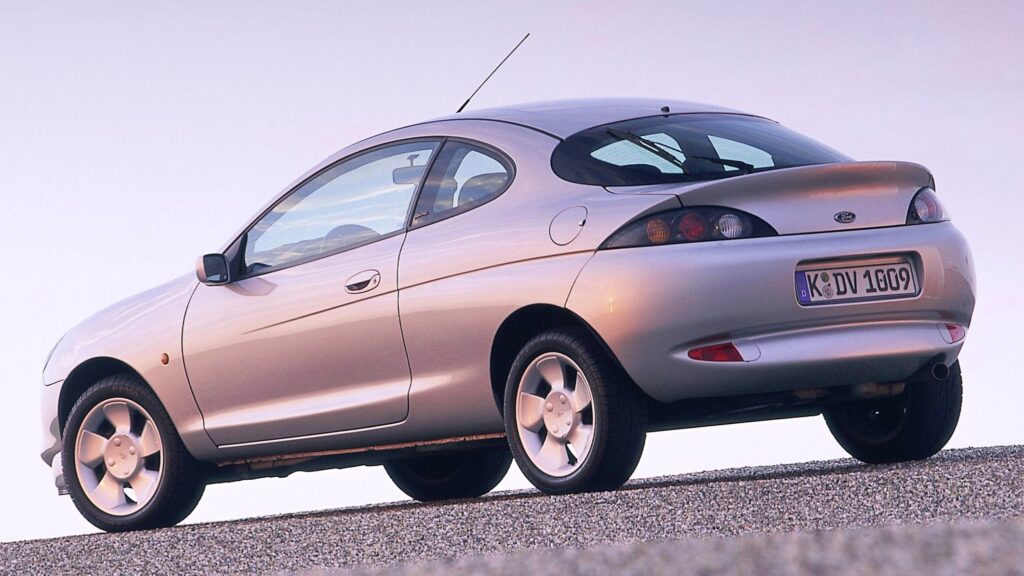
1997 Ford Puma
Together with CEO Jacques Nasser, Claude Lobo gave the Fiesta a coupé version for the first time in 1997. The Ford Puma built on Ghia’s Lynx concept from 1996 and offered a compact body with 2+2 seating.
We can observe a rounder interpretation of the New Edge design here. Items are mostly pointy instead of creased. The elliptical windows and tall taillights were a clever resource to add visual volume to the rear.
The Puma shared platform, powertrain and even the dashboard with the Fiesta MK4. While that implied front-wheel drive and small engines, it also brought it reasonable pricing and easy maintenance repairs.
Those similarities paved the way for further part sharing. The StreetKa was an indirect successor that used the Puma’s transmission and suspension. And owners could easily fit its 1.7L engine into regular Fiestas.
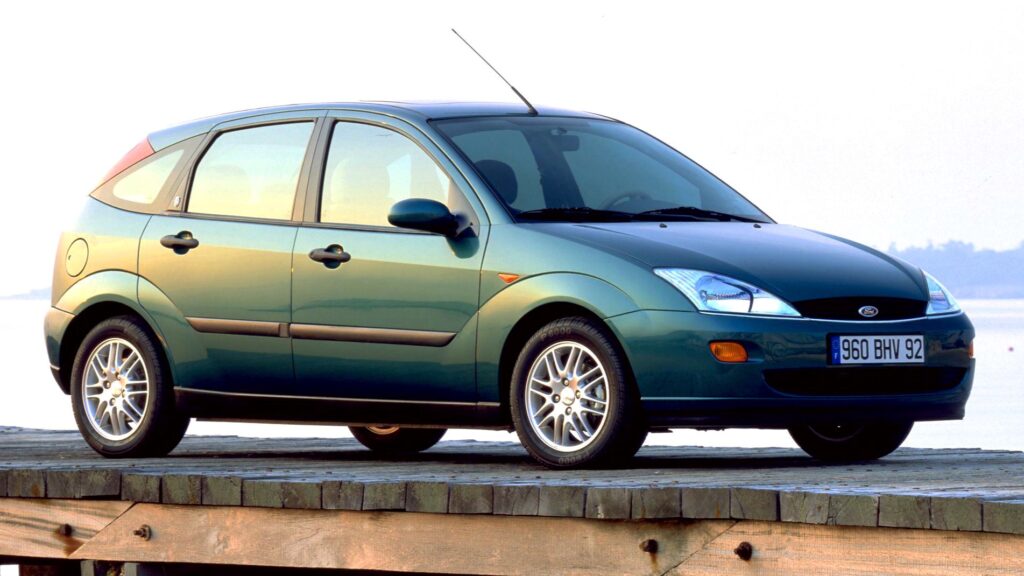
1998 Ford Focus
Even harder than creating a whole new model is replacing an established one. Claude Lobo did that with the Focus, which replaced the Escort after three decades of success. Using New Edge design, of course.
The angular shapes appeared once again, but with unique features like the pillar-mounted taillights; since they use all the space between the rear windshield and the quarter windows, they are the actual D-pillars.
The contrast between all those innovations and the Escort’s traditional lines divided the specialized press. Some writers hated the new style trend while others praised Ford for its effort to embrace the new times.
Like its predecessor, the Focus spawned a whole family of body styles. Sedan and station wagon adopted more predictable rear designs, but they still perfectly aligned with the signature elements of this identity.
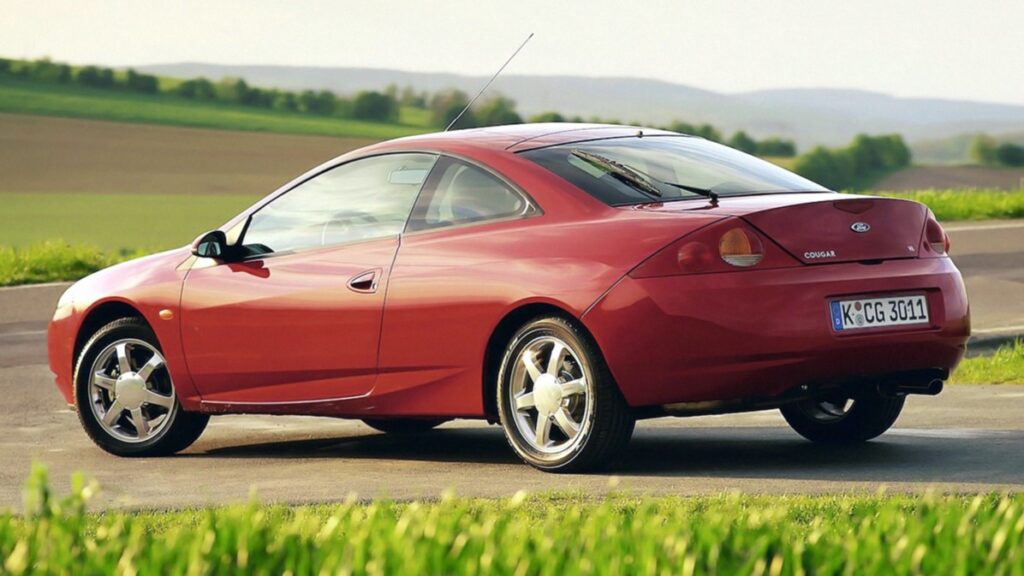
1999 Ford Cougar
In this case, whose design was also overviewed by Claude Lobo, there was an identity crisis. It was meant to be the third-generation Probe, no longer based on a Mazda car, but Ford changed its strategy in 1997.
The model became Cougar and was sold under Ford in Europe and Mercury in the US. Sadly, this change ended up weakening its image especially in the latter, where there was competition with the Mustang.
It is also said that the New Edge design made things worse, since it was still new and the press had mixed opinions about it. The Cougar was completely different from the Fox-body Mustang or the latest Probe.
Even though the Cougar was primarily intended for Europe, it was actually built in the US. Units destined elsewhere were finished in Germany, where they received Ford logos and, if needed, the RHD conversion.

Claude Lobo and an automotive legacy
As you can see, Claude Lobo worked on many fronts. After coordinating the introduction of CAD in Ford, he helped establish a new visual identity which would complete the company’s transition to the new age.
Once public and press became familiarized with the New Edge design, the company would gradually use it on other cars. The 1999 Fiesta, for example, managed to revert the poor reception of its predecessor.
That was a facelift centered around the front fascia. The 1995 model had grille and headlights arched in a way that looked like a sad face. The new, triangular lights made it look better without expensive changes.
This facelift was also Lobo’s last project for Ford. He retired in 1999 and dedicated himself to independent projects such as competitions of elegance in France. He left his wife and two children on June 3rd, 2011.

Claude Lobo once was a professional racer and won the 24 Hours of Nürburgring and the Marathon de la Route. He also competed in the 24 Hours of Le Mans – he had a Ford GT40 as his car of personal use.
However, he became well-known for his work with small, everyday cars, which is much more difficult. He prepared Ford for the 21st century, establishing guidelines that would shape its operation for many years.
You may also like
While Claude Lobo made himself a thriving career at Ford, Ian Callum had an on-and-off relationship with the company. Take a look at the article where we overview the British designer’s work in the auto industry!
Danillo Almeida has explored his passion for cars in two distinct ways. The first one is his graduation course in Mechanical Engineering, which will hopefully lead to a job position in the field. The other one is expressing his knowledge and opinions on the matter through writing. Almeida has already contributed to blogs, stores, and websites in general writing automotive content in many formats.




